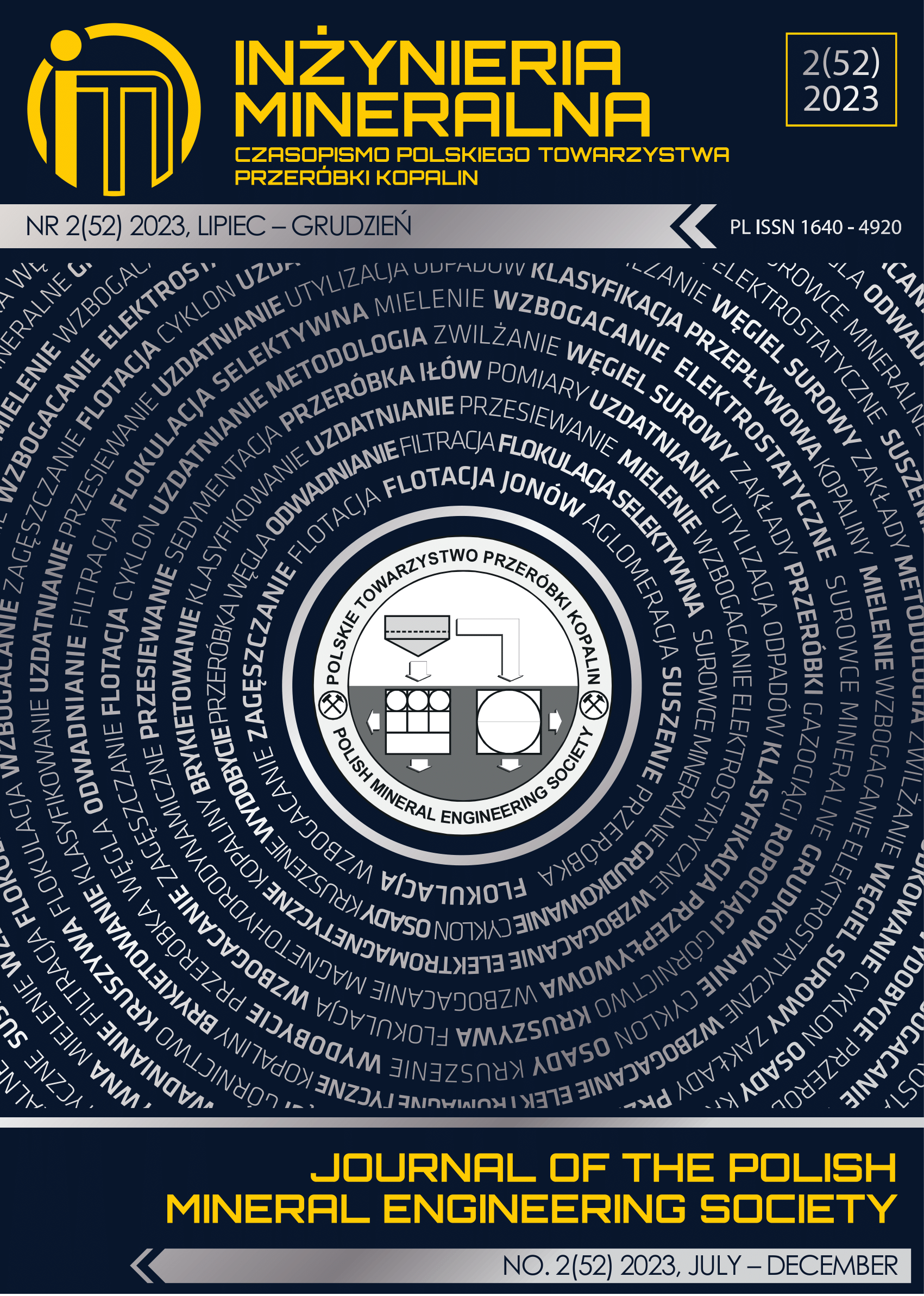Simulation on Flyrock due to Blasting Using Smoothed Particle Hydrodynamics (SPH) with LS-Dyna software
Abstract
In surface mining operation, blasting method has been commonly used and accounted highly for breaking waste rock and mineral.
The main goal of the activity is fundamental fragmentation by energy generation due to blasting. However, only 20% to 30% blasting
energy is generated to fragment rock. The remain energry is wasted for flyrock, ground vibration, air overpressure, dust and too
fine fragmentation. Flyrock in blasting is large risk for surface mines and occupies more than a half of incidents relating to blasting
at surface mines, because this is a severe issue and causes negative reaction of the surrounding residients. However, studies on
flyrock-phenomenon prediction methods for blasting in Vietnam have been also limited. In the study, simulation analysis method on
induce-blasting-induced flyrock experiment using Smoothed Particle Hydrodynamics (SPH) with LS-Dyna software. Two-dimension
modelling was built and practically applied for B2 cross section of Mong Son quarry in Yen Bai province. The result showed that the
ability of Smoothed Particle Hydrodynamics (SPH) in analysizing flyrock trajectory distance in blasting. By using the modelling with
field-site parameters, the researcher monitored flyrock velocity at installed time periods, such as 1.5 second when the flyrocks fly with a
maximum distance of 85 m from blasting site and their average velocity of 40 m/s.
Copyright (c) 2023 Bao Tran DINH,Trieu Do VAN,Viet Pham VAN,Nguyen Dinh AN

This work is licensed under a Creative Commons Attribution-ShareAlike 4.0 International License.
This journal permits and encourages authors to post items submitted to the journal on personal websites or institutional repositories both prior to and after publication, while providing bibliographic details that credit, if applicable, its publication in this journal.







.png)
